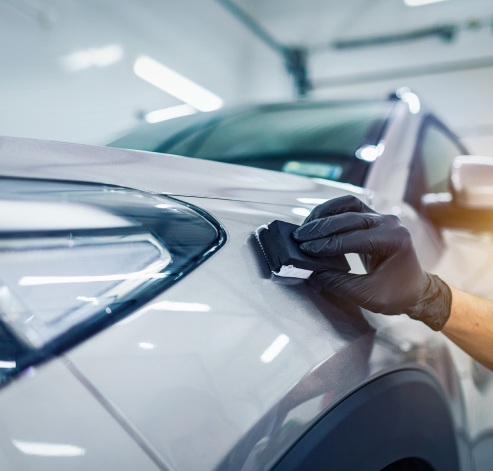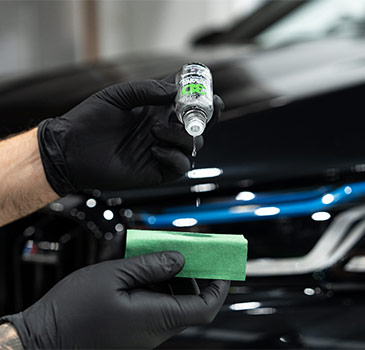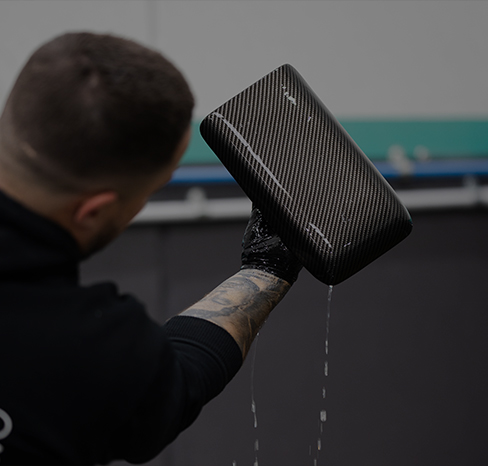
Hydrographics
Hydrographics, also known as water transfer printing, hydro dipping, or immersion printing, is a unique and fascinating process used to apply intricate patterns and designs to the surface of three-dimensional objects, including automotive parts, electronic casings, sporting goods, and more. Here's a step-by-step overview of the hydrographics process:
Hydrographics offer a versatile and creative method to customize objects, providing an array of patterns and designs, from realistic wood grain and carbon fiber to vibrant geometrics and artistic illustrations. The process allows for individualized and eye-catching creations, making it a popular choice for automotive enthusiasts, decorators, and manufacturers seeking to elevate the appearance of their products.
Sydney's Leading Customisation Shop | Est. 2013
ENQUIRE WITH OUR TEAM
Want to see how our bespoke services can transform your vehicle? Book a call with us to discuss your ideas as we walk you through the possibilities.
We only work with passionate car owners who are looking for something truly exceptional.
You’re just one conversation away from making your car a true work of art. Let’s talk!




